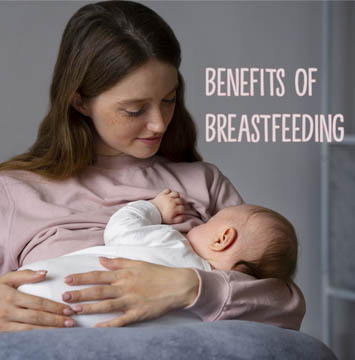Introducing Your Baby to Solid Food
Learn when to start introducing solid food to your baby for optimal nutrition and growth. Your child can begin eating solid foods at about 6 months old. Find the signs of readiness and consult your pediatrician for personalized advice. Optimal Medics ensures your baby’s health and well-being during this crucial phase.
What Solid Food is Usually Introduced First to Babies:
Discover the best solid food choices for your baby’s first meals. From iron-rich baby cereals to pureed fruits, vegetables, and grains. Start with single-ingredient foods to monitor any allergic reactions or digestive issues.
Introducing Variety for Optimal Nutrition:
Promote a well-rounded diet by introducing a variety of foods to your baby. Optimal Medics recommends a rainbow of colorful fruits and vegetables to ensure a diverse nutrient intake. We provide expert advice on incorporating different textures and flavors to develop your baby’s palate and promote optimal nutrition.
Allergens Baby Solid Food:
Learn how to manage and reduce the risk of food allergies when introducing solid foods. Optimal Medics highlights recent studies that suggest the early introduction of potentially allergenic foods, such as peanuts, tree nuts, fish, shellfish, eggs, wheat, and soy, may help prevent allergies. However, consult your pediatrician for personalized guidance based on your baby’s specific needs.
How to Introduce Solid Food for Babies:
Gradually transition your baby from purees to mashed or finely chopped foods to promote their chewing skills and adaptability to different textures. Optimal Medics provides tips on introducing soft finger foods to encourage self-feeding under your supervision. Ensure your baby’s safety and enjoyable eating experience.
Conclusion:
Introducing your baby to solid foods is an important milestone in their development. With Optimal Medics’ comprehensive guide, you can navigate this transition with confidence. Discover when to start, choose the right foods, manage food allergies, and ensure a smooth transition to textured foods. Promote your baby’s optimal health and set them on the path to lifelong healthy eating habits




